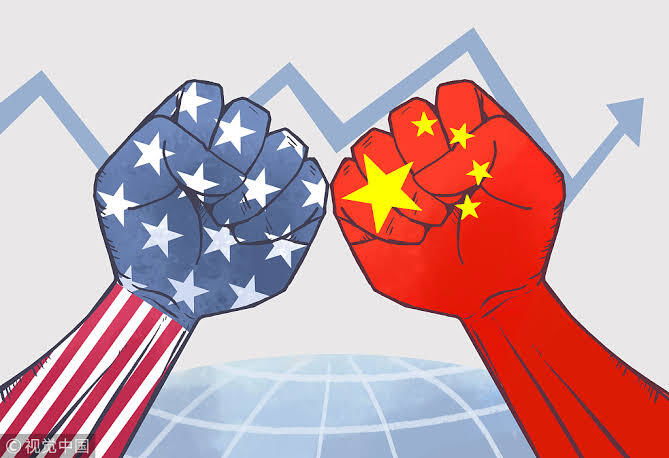China’s Ministry of Finance has announced a 34% retaliatory tariff on all U.S. imports, effective April 10, in response to new duties imposed earlier this week by U.S. President Donald Trump’s administration. According to state media outlet Xinhua, the Chinese government called on the United States to immediately cancel its unilateral tariff measures and resolve differences through “equal, respectful and mutually beneficial” consultations. China’s Ministry of Finance criticized the U.S. tariffs as:
- Inconsistent with international trade rules
- Damaging to Chinese economic interests
- A threat to global economic development and the stability of global supply chains
The latest move adds to the already tense trade relationship, with total U.S. tariffs on China now reaching 54%.
🔁 Trade Tensions Escalate As reported by Bloomberg’s Josh Xiao and James Mayger, tensions have deepened since Trump returned to the White House in January 2025. A direct conversation between Trump and Chinese President Xi Jinping has yet to occur since Trump’s inauguration. A particular sore point in the trade relationship remains China’s alleged role in the fentanyl trade, which Trump cited as justification for previous rounds of tariffs.
📊 Tariff Imbalance and Declining Trade Before this latest announcement:
- U.S. average tariffs on Chinese goods stood at 32.8%
- Chinese tariffs on U.S. goods averaged 17.8%
(Source: Bloomberg Economics)
China imported nearly $164 billion worth of U.S. goods in 2024 — the lowest figure in four years.
🌾 Agricultural Impact: Soybeans Hit Hard Agriculture is expected to bear the brunt of the new tariffs. According to Reuters, about half of U.S. soybeans were shipped to China in 2024, totaling $12.8 billion. However:
- U.S. market share for soybeans in China dropped to 21% in 2024 from 40% in 2016
- China has increasingly turned to cheaper Brazilian soybeans
In total, China imported $29.25 billion worth of U.S. agricultural goods in 2024 — a 14% year-on-year decline, following a 20% drop in 2023. The new tariffs are expected to further impact exports of:
- Soybeans
- Beef
- Pork
- Wheat
- Corn
- Sorghum
🧾 Market Reaction: Global Stocks Slide Reuters reported that global markets fell for the second consecutive day, with banking stocks and U.S. Treasury yields also down:
- 10-year U.S. Treasury yields slipped below 4%
- Investors are pricing in more aggressive central bank rate cuts
Samy Chaar, Chief Economist at Lombard Odier, noted two potential paths:
- Negotiated Settlement Path: Trump could open the door to negotiations, leading to eventual tariff reductions.
- Prolonged Trade War Path: Trump maintains tariffs long-term, causing widespread economic disruption.
“Everyone will flex their muscles, but it doesn’t invalidate the idea that they make a deal at some point,” Chaar said.
🧑🌾 Industry Reactions: Farm Closures Feared U.S. agricultural groups have expressed growing concern:
- Some predict the tariffs could force American farms to close
- There are fears of excess supply and lower commodity prices
- Exporters warn of permanent market share loss to Brazil and other competitors
Follow & Subscribe:
👉 Agri-Food Update on LinkedIn for the latest updates and insights.
🌐 Visit us at www.agri-food-update.com for more information!



